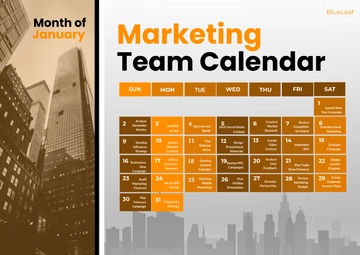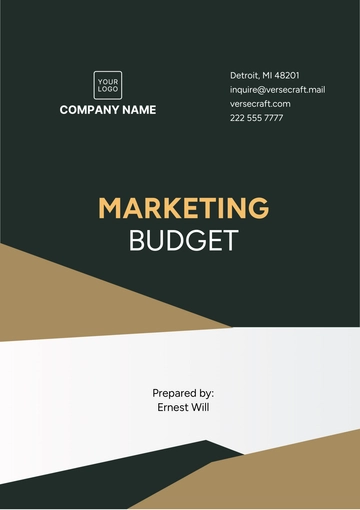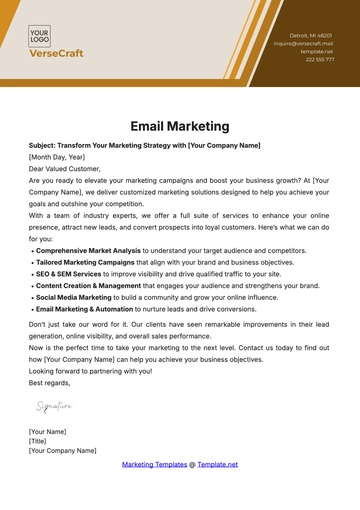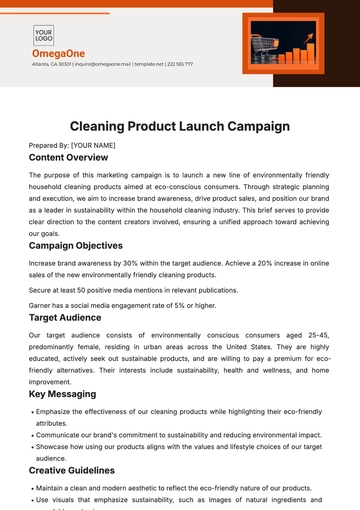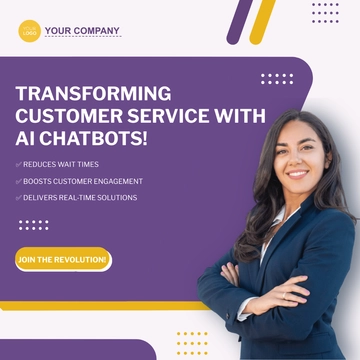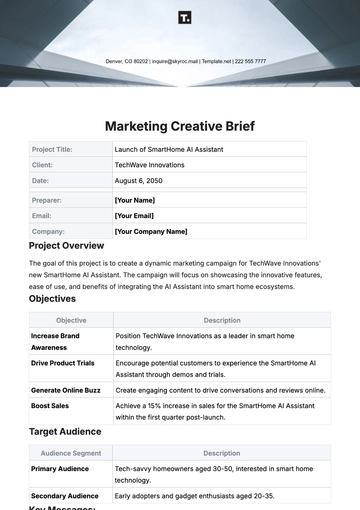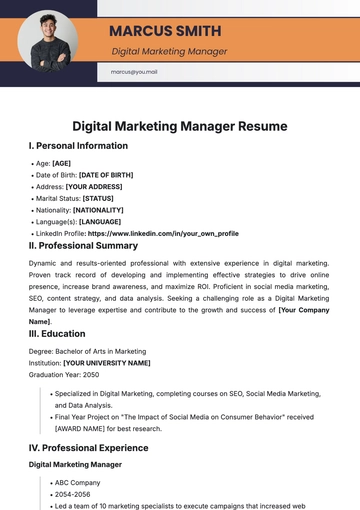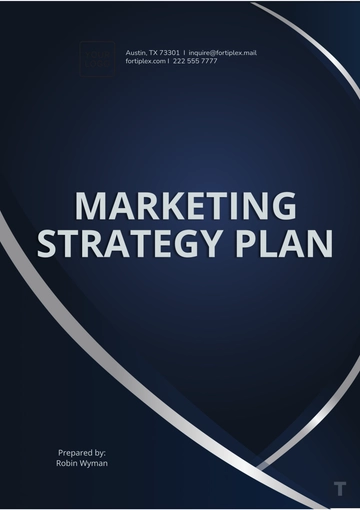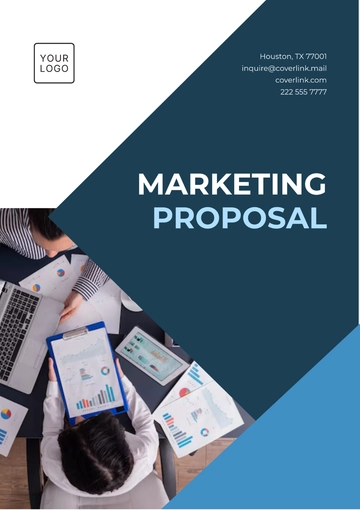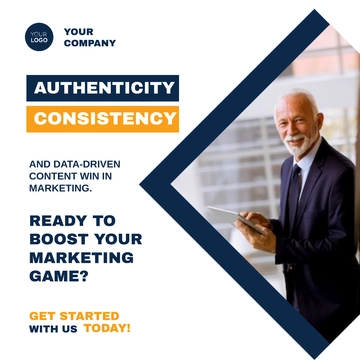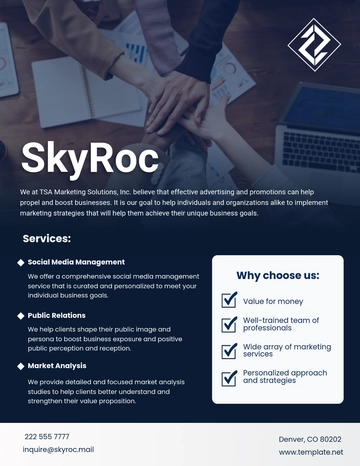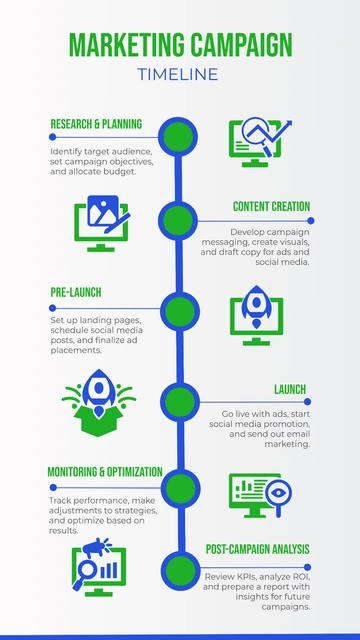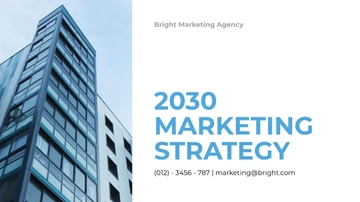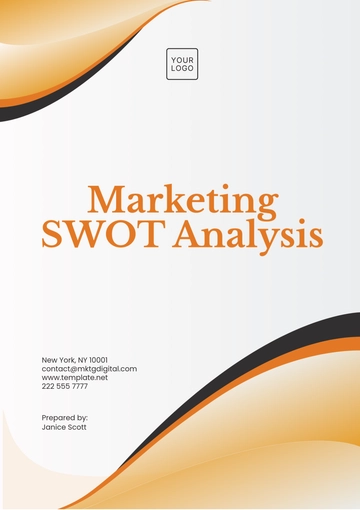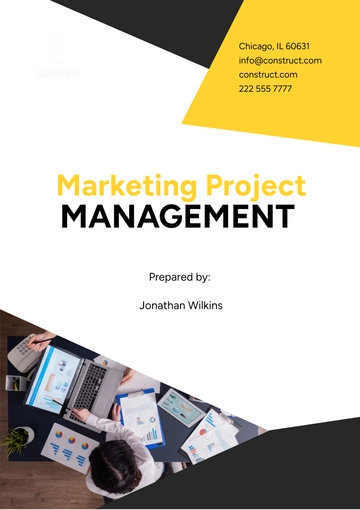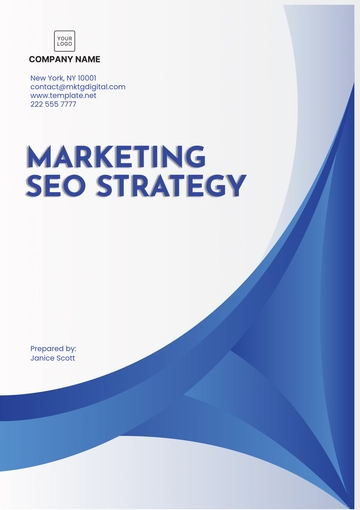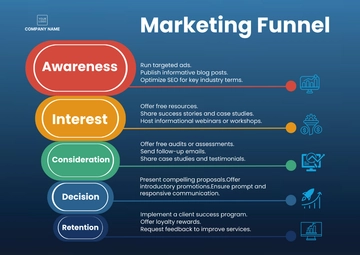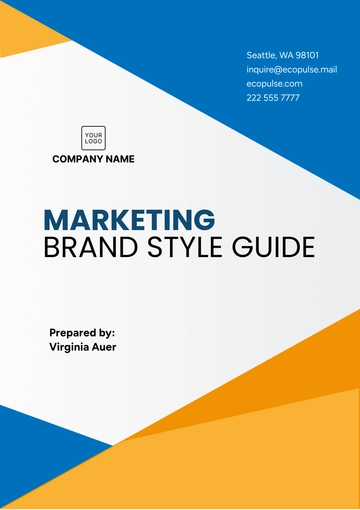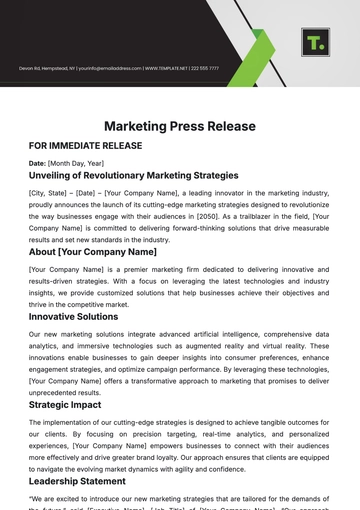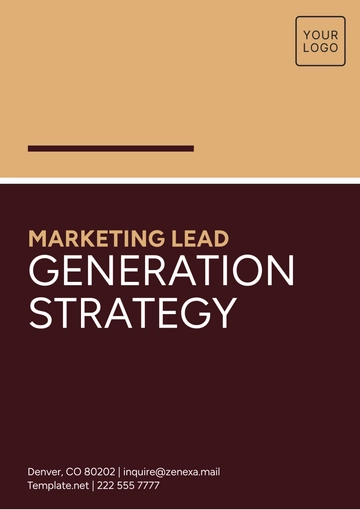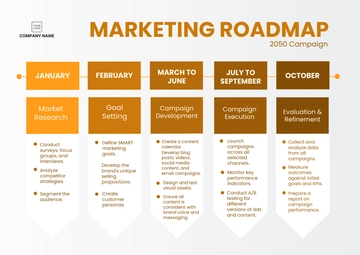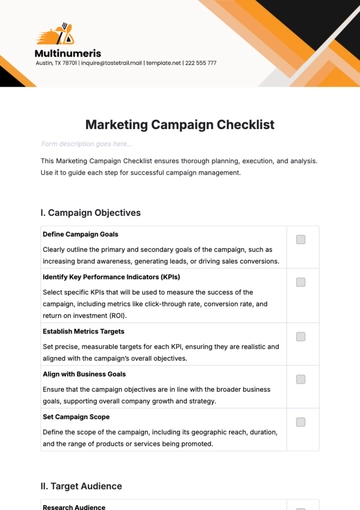Free Law Firm Marketing Strategy
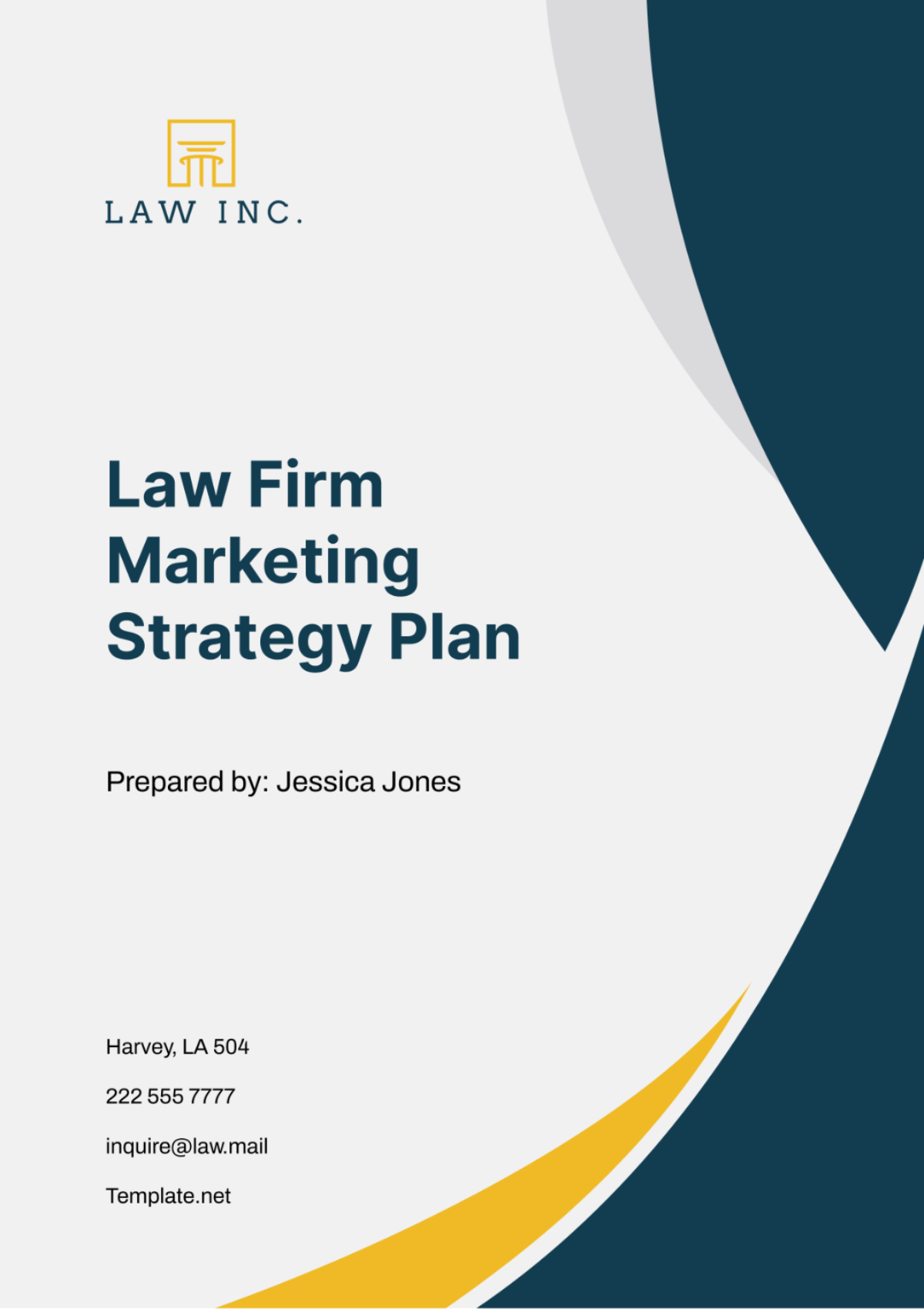
I. Executive Summary
The Law Firm Marketing Strategy Plan for [Your Company Name] is meticulously crafted to elevate our position in the competitive legal landscape. By deploying cutting-edge digital marketing techniques and cultivating robust client relationships, we aim to significantly enhance our market presence. This comprehensive strategy harnesses the power of SEO, social media, and content marketing to increase visibility and affirm [Your Company Name] as an authority in legal expertise.
Our approach involves a detailed analysis of market trends and client needs, enabling [Your Company Name] to tailor our services effectively. Strategic partnerships and thought leadership initiatives will also play a crucial role. These efforts are designed to attract high-value clients and retain existing ones by demonstrating unparalleled legal acumen and client dedication.
As we implement this strategy, [Your Company Name] will track key performance indicators and adjust tactics in real-time to ensure optimal results. Our commitment to innovation and excellence will drive growth and build a lasting competitive advantage, positioning [Your Company Name] as the premier choice for legal services.
II. Market Analysis
The Market Analysis for [Your Company Name] delves deeply into the current dynamics of the legal services sector, assessing both macro and microeconomic factors that influence demand. Our research pinpoints key growth areas, such as corporate law and intellectual property rights, where demand is surging due to technological advancements and global trade complexities. By understanding these trends, we can strategically position [Your Company Name] to capitalize on emerging opportunities and outperform competitors.
Competitor benchmarking is integral to our strategy, involving a detailed evaluation of their marketing tactics, service offerings, and client engagement methods. This analysis reveals gaps in their approaches and potential areas for [Your Company Name] to innovate. By leveraging advanced analytics, we can predict shifts in legal demand and preemptively adapt our marketing strategies, ensuring [Your Company Name] remains ahead in a rapidly evolving market.
Our analysis also focuses on prospective client behavior, preferences, and decision-making processes. Utilizing data analytics, we identify patterns and preferences among key demographics, enabling tailored marketing campaigns. This targeted approach not only enhances client acquisition rates but also improves client retention by aligning our services more closely with client expectations and needs. Through this rigorous market analysis, [Your Company Name] is poised to deliver superior value and establish a dominant market position.
III. Digital Marketing Strategy
The following table outlines the comprehensive digital marketing strategy for [Your Company Name]. This plan is designed to amplify our online presence and increase client engagement through strategic, data-driven methods. Each component of our strategy will be meticulously implemented to ensure maximum impact and ROI.
Digital Marketing Tool | Strategy Details | Objectives | Implementation Steps | Expected Outcomes |
|---|---|---|---|---|
SEO (Search Engine Optimization) | Utilize advanced SEO practices to improve our search engine visibility. This includes keyword optimization, backlinking, and enhancing site speed. | Increase organic search traffic. | Conduct keyword research to identify high-value keywords. Optimize website content and structure. Monitor and refine SEO tactics regularly. | Higher search engine rankings, leading to increased website visits and client inquiries. |
Content Marketing | Develop and distribute authoritative, engaging content that showcases [Your Company Name]'s legal expertise and thought leadership. Types of content include articles, blogs, white papers, and case studies. | Establish [Your Company Name] as a thought leader. Attract and engage potential clients. | Create a content calendar. Develop content aligned with client interests and legal trends. Utilize distribution channels like LinkedIn and legal forums. | Enhanced brand reputation and client engagement, with increased leads and conversions. |
Social Media Outreach | Create a cohesive social media strategy across platforms such as LinkedIn, Twitter, and Facebook. Focus on sharing valuable content, interacting with followers, and promoting community engagement. | Expand digital footprint and engage directly with the target audience. | Designate a social media team to manage accounts. Schedule regular posts and engage with user comments and queries. Run targeted social media campaigns. | Increased follower count and engagement rates, stronger client relationships. |
PPC (Pay-Per-Click) Advertising | Invest in PPC campaigns targeting specific legal services to drive high-intent traffic to the website. Use platforms like Google Ads and LinkedIn Ads. | Generate immediate traffic for new service launches and promotions. | Identify target keywords and set up ad campaigns. Optimize ads based on performance data. Adjust bidding strategies to maximize ROI. | Higher traffic volumes during campaign periods, with increased lead generation. |
Email Marketing | Execute targeted email campaigns to nurture leads and convert them into clients. Segment audience based on their interest and interaction levels. | Improve lead nurturing processes and conversion rates. | Develop email templates and content that resonate with different segments. Implement automation for timely follow-ups. Track and analyze user engagement. | Higher engagement and conversion rates from email recipients. |
This strategic framework will position [Your Company Name] to effectively leverage digital tools for marketing success, enhancing both visibility and client acquisition in a competitive market.
IV. Content Development Plan
The Content Development Plan for [Your Company Name] is strategically structured to cement our position as a thought leader within the legal industry. Our plan encompasses a variety of content types, each tailored to specific strategic purposes, aiming to engage our target audience effectively and enhance our brand's visibility. The table below outlines our content strategy:
Type of Content | Frequency | Content Description | Distribution Channels |
|---|---|---|---|
Blog Posts | Weekly | Informative articles on legal trends, case law updates, and practical advice for potential and existing clients. | Company website, LinkedIn, Legal blogs |
White Papers | Quarterly | In-depth analysis on complex legal issues, new regulations, and their implications for various industries. | Company website, Email distributions, Industry conferences |
Newsletters | Monthly | Updates on law firm news, recent case victories, and articles of interest to clients. | Email to subscribed clients and partners |
Videos | Monthly | Short videos featuring expert commentary, client testimonials, and behind-the-scenes looks at the firm. | Company website, YouTube, Social media |
Case Studies | Bi-monthly | Detailed reviews of significant cases handled by [Your Company Name], highlighting strategies and outcomes. | Company website, Client presentations, Social media |
This plan ensures that all content produced is aligned with our strategic objectives, reinforcing [Your Company Name]'s reputation as a knowledgeable and trustworthy legal advisor. Regular reviews and updates to the content strategy will be conducted to keep pace with market changes and technological advancements, ensuring our communications remain impactful and relevant.
V. Client Engagement and Relationship Management
The Client Engagement and Relationship Management strategy at [Your Company Name] is designed to enhance client satisfaction and foster lasting relationships through personalized communication and exclusive value-added services. Below is a detailed table outlining our strategy:
Strategy Component | Implementation Steps | Tools/Technologies | Expected Impact |
|---|---|---|---|
Develop Client Personas | Conduct client interviews and data analysis to create detailed personas. Use these personas to guide marketing efforts. | Data analysis tools, Marketing software | Improved client engagement and satisfaction through targeted communication. |
Implement a CRM System | Select and implement a CRM system suited to legal services. Train staff on its use. | CRM software such as Salesforce or HubSpot | Enhanced client service efficiency and tracking of client interactions. |
Create Client-Focused Events and Webinars | Plan and execute regular webinars and events on relevant legal topics. | Webinar platforms like Zoom or GoToWebinar, Event management tools | Increased client loyalty and engagement, positioning the firm as an educational leader. |
Introduce a Client Feedback System | Deploy feedback tools post-interaction and after case closure. Analyze feedback for service enhancements. | Feedback software, Surveys, Analytics tools | Higher client satisfaction and service customization based on direct feedback. |
Establish a Loyalty Program | Design a loyalty program that offers benefits such as discounts on services and exclusive access to firm events. | Loyalty program management tools | Strengthened client relationships and increased client retention rates. |
Through these strategies, [Your Company Name] aims to build a strong foundation of trust and mutual benefit, ensuring clients feel valued and are encouraged to maintain their relationship with the firm over time. This structured approach will facilitate superior client engagement and robust relationship management.
VI. Thought Leadership through Public Engagement
[Your Company Name] is committed to asserting its position as a thought leader through active public engagement. This aspect of our strategy focuses on participation in key industry events, hosting educational workshops, and publishing insightful content. Below is a structured table that outlines our planned activities:
Strategy Component | Implementation Steps | Tools/Platforms | Expected Impact |
|---|---|---|---|
Identify and Attend Key Legal Industry Events | Research and select must-attend conferences and events globally. Coordinate speaking engagements and presentations. | Conference directories, Eventbrite | Enhanced brand recognition and networking opportunities. |
Host and Sponsor Legal Workshops and Seminars | Plan and execute workshops/seminars. Partner with industry bodies for sponsorship opportunities. | Zoom, Microsoft Teams, Local venues | Positioning as an educational leader within the legal community. |
Develop Partnerships with Legal Academia | Identify potential academic partners. Formalize partnerships and outline collaborative projects. | Academic networks, Research collaboration platforms | Increased credibility and contribution to legal scholarship. |
Publish Articles in Reputed Legal Journals | Create a publication calendar. Develop high-quality content for submission to leading legal journals. | Google Scholar, JSTOR | Recognition as a source of authoritative legal analysis. |
Regularly Update Firm’s Blog | Schedule regular posts about recent legal developments, firm news, and industry insights. | Content management systems, SEO tools | Ongoing engagement and enhanced SEO for the firm’s website. |
Through these strategic actions, [Your Company Name] will not only share knowledge but also actively contribute to the discourse in the legal field, reinforcing our reputation as thought leaders. This comprehensive approach ensures that we remain at the forefront of industry developments and client interests.
VII. Social Media Outreach
Our Social Media Outreach strategy for [Your Company Name] leverages the dynamic capabilities of various platforms to foster real-time engagement and enhance our brand's visibility. The table below outlines our detailed approach to maximizing social media effectiveness:
Strategy Component | Implementation Steps | Platforms | Expected Impact |
|---|---|---|---|
Regular Updates and Posts | Schedule daily updates and weekly feature posts. Develop a content calendar to ensure consistency. | LinkedIn, Twitter, Facebook, Instagram | Increased follower engagement and consistent brand presence. |
Engage Audience Through Interactive Posts | Create interactive content such as legal quizzes, polls, and Q&A sessions. | Twitter, Instagram | Enhanced user engagement and increased participation rates. |
Targeted Advertising Campaigns | Design and launch advertising campaigns focused on specific legal services and events. | Facebook, LinkedIn | Higher precision in reaching potential clients and increased conversion rates. |
Collaborate with Legal Influencers | Identify and partner with influencers in the legal niche. Co-create content and share insights. | Instagram, LinkedIn | Broader audience reach and leveraged credibility from established figures. |
Monitor Social Media Metrics | Continuously track engagement rates, follower growth, and campaign effectiveness. Adjust strategies based on analytics. | All platforms | Improved strategy effectiveness and ROI from social media efforts. |
This comprehensive social media plan will enable [Your Company Name] to engage effectively with clients and peers, driving brand awareness and establishing a digital footprint that reflects our expertise and leadership in the legal field. By continuously monitoring and adapting our strategy, we ensure our social media efforts support our overall marketing goals efficiently.
VIII. Analytics and Performance Evaluation
To ensure the effectiveness of our marketing efforts, [Your Company Name] employs a rigorous analytics and performance evaluation plan. This systematic approach helps us track, analyze, and optimize our strategies, aligning them closely with our strategic objectives. Below is a table detailing our comprehensive analytics and performance evaluation strategy:
Strategy Component | Implementation Steps | Tools/Technologies | Expected Impact |
|---|---|---|---|
Utilize Google Analytics and SEMrush | Set up tracking on all digital platforms. Regularly analyze traffic sources and user behavior. | Google Analytics, SEMrush | Enhanced understanding of visitor interactions and behavior patterns. |
Track Lead Conversion Rates | Implement tracking mechanisms for all leads. Analyze conversion rates by channel and campaign. | CRM software, Marketing automation tools | Optimized marketing spend and improved conversion strategies. |
Conduct A/B Testing for Marketing Campaigns | Regularly run A/B tests on key components of digital campaigns, such as email, landing pages, and ads. | A/B testing tools, Email marketing platforms | Improved campaign performance based on empirical data. |
Review Social Media Analytics | Monitor key metrics like engagement rates, reach, and follower growth. Adjust content and strategy based on findings. | Social media management tools | Refined social media strategies leading to higher engagement and growth. |
Prepare Quarterly Reviews | Compile data across all platforms and campaigns. Assess against KPIs and ROI goals. Make strategic adjustments as necessary. | Analysis software, Internal reporting tools | Strategic realignments based on comprehensive performance data. |
Through this structured approach to analytics and performance evaluation, [Your Company Name] ensures that our marketing strategies remain dynamic and responsive to market changes and client needs, ultimately driving our firm towards achieving its long-term goals more effectively.
IX. Strategic Partnerships
Strategic partnerships are a cornerstone of [Your Company Name]'s approach to broadening our influence and enhancing our credibility within the legal industry. Below is a detailed table that outlines our strategic partnership approach:
Strategy Component | Implementation Steps | Expected Outcomes |
|---|---|---|
Identify Potential Partners | Research potential partners in legal and related sectors. Evaluate alignment with our strategic goals and values. | Selection of partners who can enhance our brand's reach and credibility. |
Negotiate Collaboration Terms | Conduct discussions to outline clear terms that promise mutual benefits and growth. Engage legal counsel to formalize agreements. | Established partnerships with clear, mutually advantageous terms. |
Co-Create Content | Plan and develop joint content such as webinars, articles, and white papers that highlight the strengths of each partner. | Content that attracts a wider audience and enhances thought leadership. |
Participate in Joint Events | Collaborate on seminars, workshops, and conferences. Share resources and networks to enhance the scope of events. | Stronger community ties and a larger, more engaged professional network. |
Utilize Partnerships for Cross-Promotion | Promote each other’s services and successes through respective digital channels, including social media, newsletters, and websites. | Increased exposure and traffic through shared audiences and resources. |
This structured strategy ensures that each partnership is not only aligned with our long-term goals but also provides tangible benefits to [Your Company Name], enhancing our market position and contributing to our overarching marketing objectives.
X. Budget and Resource Allocation
Effective resource management and meticulous budgeting are critical for the successful implementation of [Your Company Name]'s marketing strategy. Below is a structured outline of our approach to budget and resource allocation:
Strategy Component | Implementation Steps | Tools/Technologies Used | Expected Impact |
|---|---|---|---|
Allocate Budgets Based on Priorities | Assess each strategy component for potential ROI. Prioritize funding according to strategic importance. | Budget management software | Optimized allocation of financial resources, maximizing marketing ROI. |
Resource Digital Marketing Campaigns | Allocate specific budgets to SEO, PPC, and other digital marketing tactics based on their expected impact. | Digital marketing tools | Enhanced online presence and lead generation. |
Fund Content Creation and Distribution | Set aside a portion of the budget for creating and distributing diverse content formats across multiple channels. | Content management systems | Consistent production of high-quality, impactful content. |
Plan for Unexpected Expenses | Include a contingency fund in the budget to cover unexpected costs in events and PR activities. | Financial planning tools | Improved financial resilience and flexibility in strategy execution. |
Review Financial Performance Quarterly | Regularly analyze financial performance against set budgets and strategic outcomes. Adjust allocations to optimize future spending. | Financial analysis software | Increased financial efficiency and strategic adaptability. |
This comprehensive approach to budgeting and resource allocation ensures that [Your Company Name] remains financially sustainable while aggressively pursuing our marketing objectives. Regular reviews and adjustments will keep our strategies responsive to performance metrics and evolving market conditions.
XI. Legal and Regulatory Compliance
Ensuring compliance with legal and regulatory requirements is crucial to safeguard [Your Company Name]'s reputation and operational integrity. Our strategy includes stringent compliance protocols that align with industry standards and legal expectations.
Strategy Component | Implementation Steps | Tools/Technologies Used | Expected Impact |
|---|---|---|---|
Stay Updated on Legal Changes | Subscribe to legal updates, attend legal seminars, and engage with industry associations. | Legal databases, Subscription services | Ensured ongoing compliance and reduced risk of legal pitfalls. |
Implement Compliance Training | Conduct regular training sessions for all employees, focusing on areas critical to our operations. | E-learning platforms, Internal training modules | Enhanced understanding and application of legal standards by staff. |
Audit Marketing Practices | Schedule routine audits of marketing materials and campaigns to ensure compliance with advertising laws and privacy regulations. | Compliance software, Audit tools | Maintained integrity of marketing efforts and protection from legal actions. |
Consult with Legal Experts | Retain legal counsel to review major campaigns, partnerships, and business practices. | Legal consultation services | Informed decision-making and minimized legal risks. |
Develop a Risk Management Plan | Create a comprehensive plan that identifies potential legal risks and outlines mitigation strategies. | Risk management software | Proactive handling of legal issues and minimized disruptions to business operations. |
This detailed approach ensures that [Your Company Name] not only remains compliant with existing laws and regulations but is also well-prepared to adapt to new legal challenges as they arise.
XII. Technology and Innovation
Leveraging technology and embracing innovation are essential for enhancing [Your Company Name]'s marketing effectiveness and operational efficiency. Our strategy focuses on adopting cutting-edge tools and practices to stay ahead in the competitive legal market.
Strategy Component | Implementation Steps | Tools/Technologies Used | Expected Impact |
|---|---|---|---|
Invest in Advanced Marketing Technologies | Acquire and integrate technology solutions like AI-driven analytics, CRM software, and automated marketing platforms. | AI analytics, CRM systems, Marketing automation platforms | Increased marketing efficiency and personalized client interactions. |
Explore Emerging Technologies | Regularly review and test emerging technologies such as blockchain for secure transactions and AI for document analysis. | Blockchain platforms, AI tools | Enhanced operational capabilities and service offerings. |
Enhance Digital Infrastructure | Upgrade existing digital infrastructure to support high-volume online activities and data security. | Cloud services, Security software | Robust digital operations and improved client trust. |
Foster a Culture of Innovation | Implement programs that incentivize staff to propose and develop innovative solutions. | Innovation workshops, Idea management software | Sustained growth through ongoing innovation and employee engagement. |
Digitalize Client Interactions | Deploy digital tools for client communications and case management to enhance accessibility and convenience. | Client portals, Mobile apps | Improved client satisfaction and operational efficiency. |
By focusing on technology and innovation, [Your Company Name] ensures that our marketing and operational strategies are not only current but also forward-thinking, providing a competitive edge and aligning with future industry directions.
In conclusion, [Your Company Name]'s comprehensive Law Firm Marketing Strategy is meticulously designed to enhance visibility, engage clients, and establish our firm as a leader in the legal sector. By integrating advanced digital tools, strategic partnerships, and robust analytics, we ensure dynamic and effective market presence. Our commitment to continuous improvement and compliance guarantees that we remain at the forefront of industry developments and client expectations.
- 100% Customizable, free editor
- Access 1 Million+ Templates, photo’s & graphics
- Download or share as a template
- Click and replace photos, graphics, text, backgrounds
- Resize, crop, AI write & more
- Access advanced editor
At Template.net, we offer this Law Firm Marketing Strategy template that is highly customizable and editable in our AI Editor Tool. This expert-designed template assists in crafting an effective marketing strategy designed for the legal sector. Tailor-made to suit your firm’s needs, simplify the complex task of marketing with these unique templates. Experience a remarkably engaging and professional approach to law firm marketing today.
You may also like
- Marketing Google Slide
- Marketing Letter
- Marketing Quotation
- Marketing Report
- Marketing Strategic Plan
- Marketing Plan
- Marketing Proposal
- Marketing Flyer
- Marketing Presentation
- Real Estate Marketing Plan
- Marketing Contract
- Marketing Agreement
- Marketing Resume
- Marketing Checklist
- Marketing Brochure
- Marketing Banner
- Marketing Schedule
- Marketing Vector
- Marketing Logo
- Marketing Chart
- Marketing Campaign Plan
- Marketing Budget
- Marketing Postcard
- Marketing Poster
- Marketing Facebook Post
- Marketing Instagram Post
- Marketing Newsletter
- Marketing Infographic

